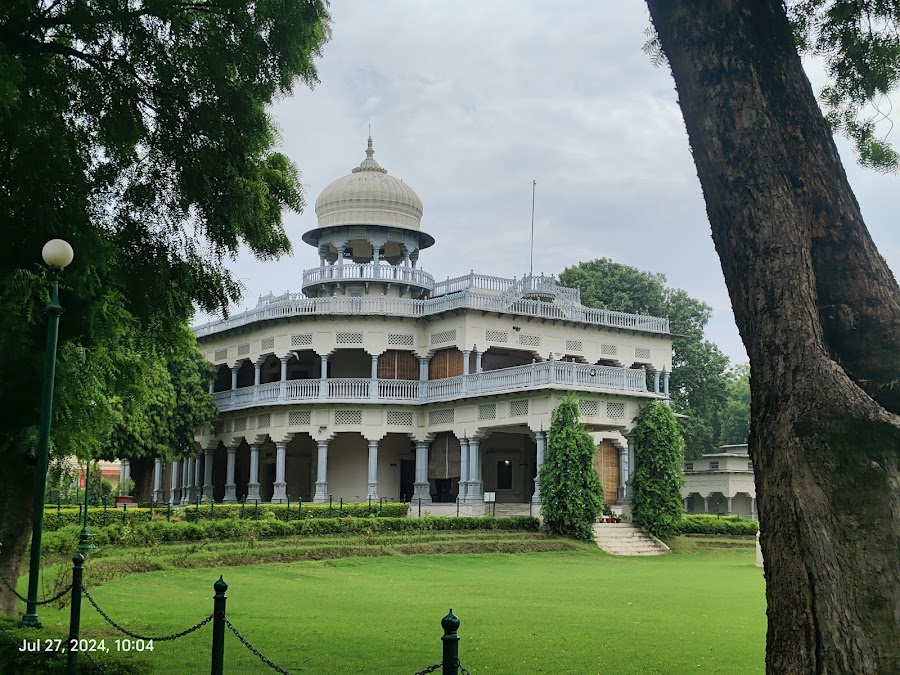
Anand Bhavan
Prayagraj, India
- Explore the historic house museum.
- Learn about the Indian independence movement.
- See the historical photographs and documents.
- Stroll through the serene gardens.
- View the Nehru-Gandhi family's personal belongings.
Known for:
Description:
Anand Bhavan, meaning 'Abode of Happiness,' is a historic house museum in Prayagraj, India. It served as the residence of the Nehru-Gandhi family from the 1930s onwards, after Swaraj Bhavan was donated to the Indian National Congress. Today, it stands as a museum showcasing the life and times of one of India's most influential political families. Visitors can explore the well-preserved rooms, view photographs, documents, and personal belongings that offer a glimpse into their private and public lives. The museum also features exhibits on the Indian independence movement and the role played by the Nehru-Gandhi family in it. The sprawling gardens surrounding the Bhavan provide a tranquil escape and add to the overall experience. Anand Bhavan is a must-visit for anyone interested in Indian history, politics, and the legacy of the Nehru-Gandhi family.
History:
Anand Bhavan was constructed in the 1930s by Motilal Nehru as a replacement for their ancestral home, Swaraj Bhavan, which had been donated to the Indian National Congress. It served as the primary residence of Jawaharlal Nehru and his family, including Indira Gandhi, who later became Prime Minister of India. The house witnessed numerous significant political discussions and meetings during the Indian independence movement. After Indira Gandhi's assassination, Anand Bhavan was converted into a museum by the Indian government. It was opened to the public to preserve the memory of the Nehru-Gandhi family and their contribution to the nation. The museum continues to attract visitors from all over the world, offering insights into the lives of the Nehrus and their role in shaping modern India.